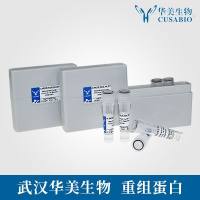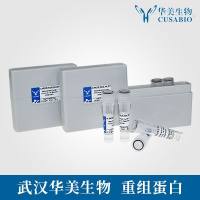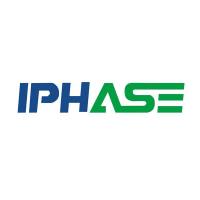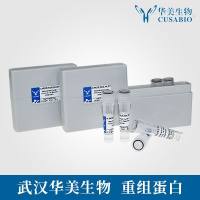Quantitative Proteomic Analysis of Phosphotyrosine-Mediated Cellular Signaling Networks
互联网
互联网
相关产品推荐

CSE1L/CSE1L蛋白Recombinant Human Exportin-2 (CSE1L)重组蛋白Cellular apoptosis susceptibility protein Chromosome segregation 1-like protein Importin-alpha re-exporter蛋白
¥5268

Recombinant-Sclerotinia-sclerotiorum-High-osmolarity-signaling-protein-sho1sho1High osmolarity signaling protein sho1 Alternative name(s): Osmosensor sho1
¥11592

ADCC 抗体依赖细胞介导的细胞毒作用 antibody-dependent cell-mediated cytotoxicity
¥20

Cell Cycle Analysis Kit (with RNase)(BA00205)-50T/100T
¥300

Recombinant-Chlorocebus-aethiops-Hepatitis-A-virus-cellular-receptor-1HAVCR1Hepatitis A virus cellular receptor 1; HAVcr-1 Alternative name(s): T-cell immunoglobulin and mucin domain-containing protein 1; TIMD-1 T-cell membrane protein 1 TIM-1
¥12810
相关问答

